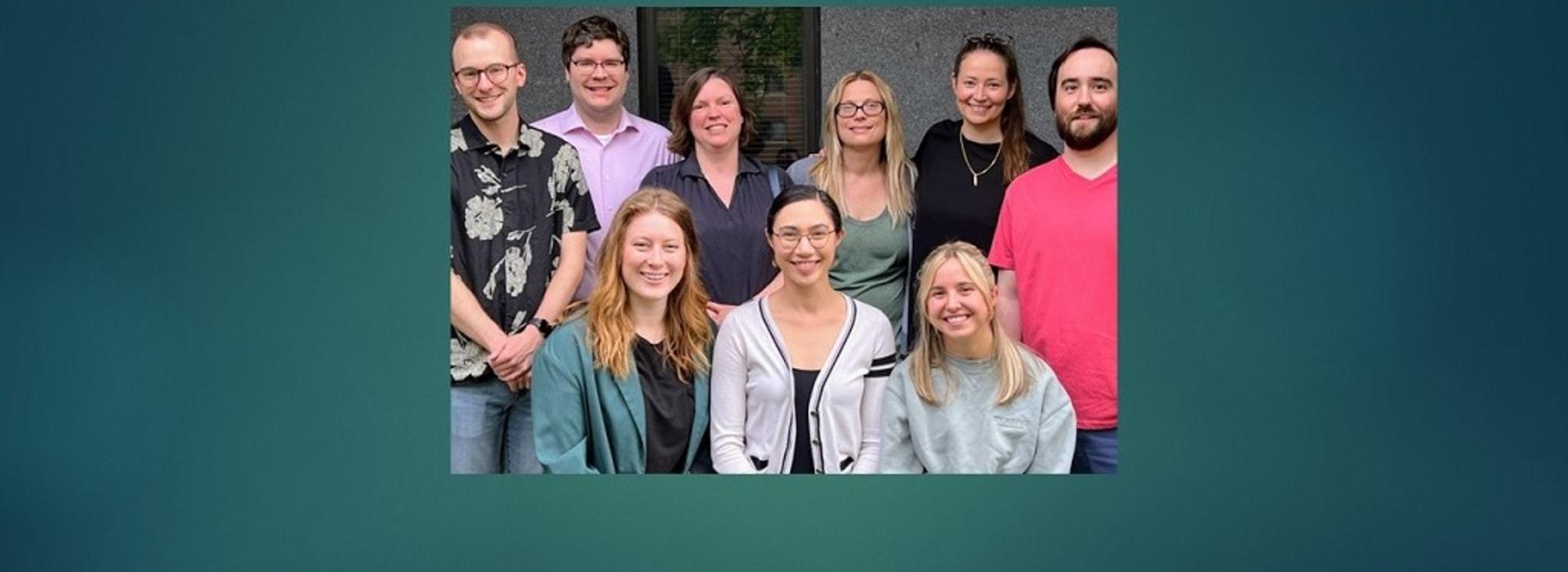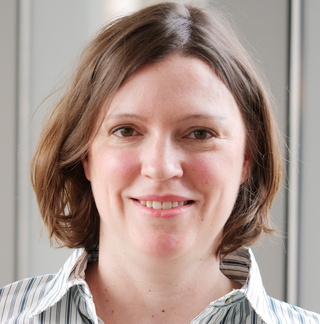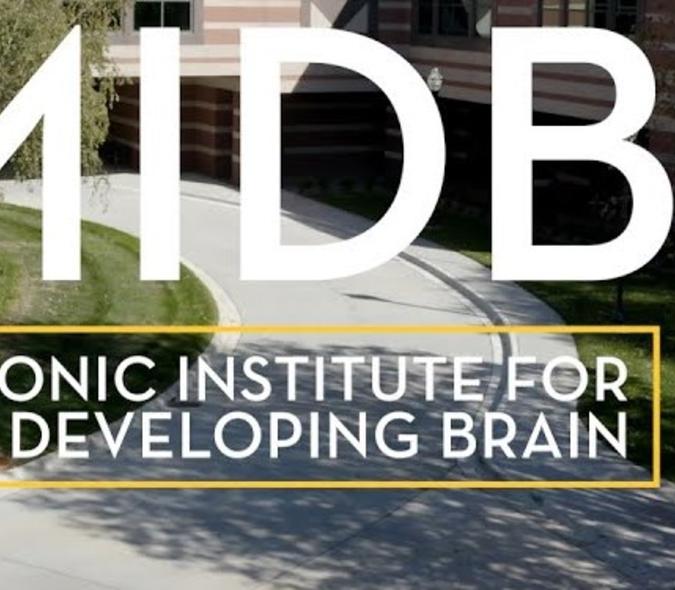
Grant enabling U of M team to identify factors involved in alcohol use disorder relapse following treatment
There are about 46 million people with substance abuse disorder (SUD) in the United States, according to Assistant Professor Anna Zilverstand, PhD. A large portion of those have alcohol abuse disorder (AUD). “I’ve seen the pain that this inflicts on them and their families,” she said. “Many of the current treatments, such as the 12-step program, were developed 100 years ago. While there are new, innovative treatments, we haven’t made a breakthrough in terms of an advanced treatment to improve the success rate with treating substance abuse disorders.”

If you look one or two years out from the start of treatment, Zilverstand (pictured here) notes that relapse rates are around 85 percent. “That’s terrible,” she said. “And only about eight percent of people with AUD even seek treatment.” Research shows that one of the reasons for not doing so is that people have low confidence in a treatment’s success and have had previous negative experiences, noted Zilverstand. “That’s not surprising if you think about the high relapse rate,” she said. “It’s a vicious cycle. In addition, many people aren’t familiar with the risks of heavy drinking. They’re unaware of how close they are to becoming addicted.”
Foundation for research
Zilverstand and her research team are committed to improving the statistics around AUD relapse rates. They will use a recently awarded five-year RO1 grant from the National Institutes of Health titled, “Personalized relapse prediction in alcohol use disorder,” to fund the research required to do that. “It’s a huge success for us to have this first RO1,” said Zilverstand. “It creates a foundation for a research program.” (The team is pictured above: top row, left to right: Gunner Drossel, Andrew Pollack, Anna Zilverstand, Katherine Harrison, Leyla Brucar, and Gregory Niklason, Bottom row, left to right: Reed Evers, Andrea Maxwell, and Rachel Spyhalski.)
Her RO1 team includes Department of Psychiatry and Behavioral Sciences Professor Matt Kushner, PhD, who Zilverstand notes has a lot of experience with developing AUD treatments, particularly for people with anxiety or depression, and Associate Professor Bryon Mueller, PhD, who brings the required imaging expertise. Other team members include Sisi Ma, PhD, and Erich Kummerfeld, PhD, from the Institute for Health Informatics. “A big part of the grant is the computational modeling of all the data gathered to parse the different impacts on an individual in a subgroup,” explained Zilverstand. She also gives a lot of credit to her graduate students, Leyla Brucar, Gunner Drossel, and Andrea Maxwell, who worked hard analyzing data needed for the RO1 application throughout the pandemic.
Different mechanisms
The data they worked with suggests that underlying mechanisms are different for different people with SUD, including with AUD, according to Zilverstand. “People use substances for different reasons,” she said. “We want to use computational tools to separate them into different groups and then look at the subgroups to determine what may make them successful in treatment.”
Zilverstand and her team want to make it routinely possible to take certain measurements when someone enters a clinic for treatment. Those measurements would help determine the main factors linked to their alcohol use disorder and would be used over time to spot any warning signs of relapse. “We also want to make people aware of their own personal relapse risk,” said Zilverstand.
Multi-modal approach
The team is using imaging to look at brain function, using both resting state and task fMRI. “We’re also using more traditional measurement tools such as psychological questionnaires about personality, psychiatric measures of symptoms, whether they have any mental health disorders, and questionnaires about how they’re feeling on a particular day,” said Zilverstand. “We combine this information with results from computer tasks that test cognitive abilities and how reactive they are to certain positive or negative picture cues, measuring heart rate and reaction time, or to pictures that depict substance abuse or alcohol use.” The team will also interview study participants.
“We don’t know at this point which of these measurements will be the most predictive or even how to most effectively assess patients,” said Zilverstand. “For example, it’s completely unclear whether to give people questionnaires or put them in a scanner.”
Identifying what needs to be monitored
The goal is to identify at the beginning of treatment which things need to be monitored most closely. “If for instance, they have high anxiety or depression levels, we would monitor that,” said Zilverstand. “My own research and the research of others shows there are different motivations for drinking. Some people, known as relief drinkers, drink to cope with negative emotions such as anxiety or depression. Others are pleasure seekers or reward drinkers. They may have fewer positive emotions in their lives.”
While this is a simplified view for the purposes of this article, Zilverstand notes that evidence has identified these distinct groups of people. “If we note that someone is a relief or reward drinker, we will treat them differently and monitor different things relative to relapse,” she said.
Zilverstand recognizes that treating alcohol abuse disorder is an incredibly complex issue. “That’s probably why we haven’t made much progress,” she said. “We’re only beginning to understand that complexity.”



